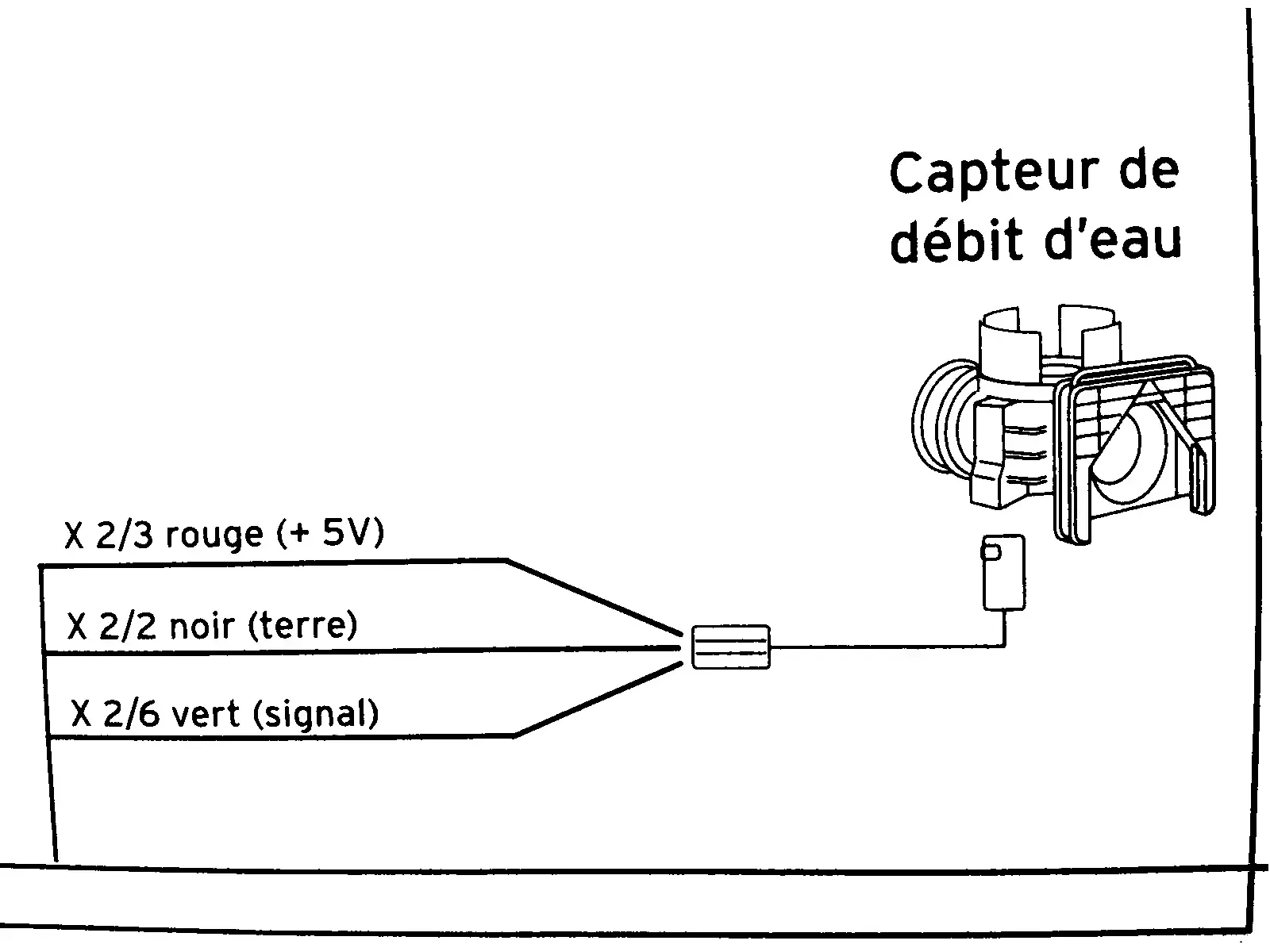My washing machine had the same symptoms as this one, which is the same make but different model. It suggests a bad tacho. I need more certainty before buying parts.
The state worsened. Now I just get a non-stop continuous blinking LED with all flashes evenly spaced (thus no error code).
Someone told me the advice on this page is sketchy. IIUC, that page says to hand-spin the motor while the tacho is connected to an ohms meter. I get very little variation. If I give it a spin as fast as I can, it goes from 52 Ω to 52.8 Ω.. or 53 Ω on one occasion. Someone said it’s wrong or bad to put current through an ohms meter. So is that a bad test?
There are different kinds of tachos. Mine uses a coil, which I suppose implies that I an dealing with the rotating magnet variety.
voltage test (I am ill equipped)
Some people apparently read the AC voltage of a tacho while spinning it. My meter only has 2 scales for AC voltage: 500 and 200, which are far too high to detect anything. Should I buy a meter that detects AC mV?
Hz test (I am ill equipped)
My meter does not have frequency. Should I buy a meter with Hz?
scope test ~~(I am ill equipped)~~
Apparently an oscilloscope app can be fed by a smartphone’s mic input. But I do not have an AOS 6+ phone.
(edit) There are a couple FOSS desktop apps:
- PulseView
- xoscope (I will not link it because the project is Cloudflare-jailed)
So I might try this. I think the input can simply be wired to the mic input, but it’s better to build a circuit:
- https://www.instructables.com/Use-Your-Laptop-as-Oscilloscope/
- https://web.archive.org/web/20250116090641/https://xoscope.sourceforge.net/hardware/hardware.html
earphone test (strange result)
I connected the tip of the 3.5mm phono connector for audio headphones to one tacho lead and the middle segment to the other lead. When I spun the drum by hand, it sounded in the right speaker just like the drum sounds to my naked ears as it spins. That can’t be right. Must be all in my head. Is this test useless?
compass test (unlikely to be useful)
I could theoretically run a compass app and hold the smartphone up next to the tacho as it spins to see if the magnet is still magnetic. But I’m told it’s unlikely that the magnet became demagnetized unless I sent 230 VAC to it -- (and I did not).
hotwire tests on other components
- 230 VAC → universal motor (spins fine)
- 230 VAC → drain pump (spins fine)
- 230 VAC → water inlet valves (opens fine; water flows)
what now?
I don’t understand why a tacho would go bad. So how should I test my tacho? Should I buy a meter that does frequency and low AC voltages?
Ultimately I need to know what the PCB thinks is broken whenever it is told to run a program. Is the PCB doing an ohms test to test the health of the tacho?


I appreciate the guidance. But I think I can rule out insulation breakdown because I just removed the cover to the tacho generator and the ring magnet was broken in two pieces.